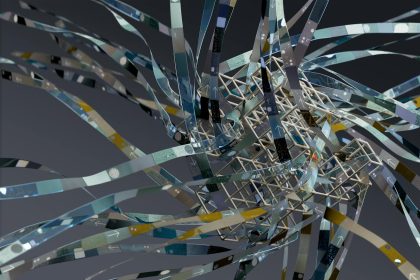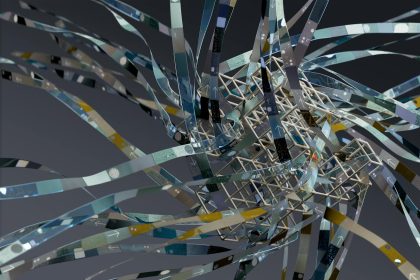Siamese Neural Networks: Revolutionizing Earthquake Detection —
: Discover how a revolutionary Siamese neural network is transforming earthquake detection…
Siamese Neural Networks: Revolutionizing Earthquake Detection
Featured image provided by Pexels — photo by Google DeepMind




 * [External Link 2: Seismological Society of America (SSA)](https://www.seismosoc.org/)](https://thebossmind.com/wp-content/uploads/1/2025/10/pexels-photo-17485741-1-420x280.jpg)
 2. [Incorporating Machine Learning into Seismology](https://www.nature.com/articles/s41561-020-0591-3)](https://thebossmind.com/wp-content/uploads/1/2025/10/pexels-photo-17485741-420x280.jpg)